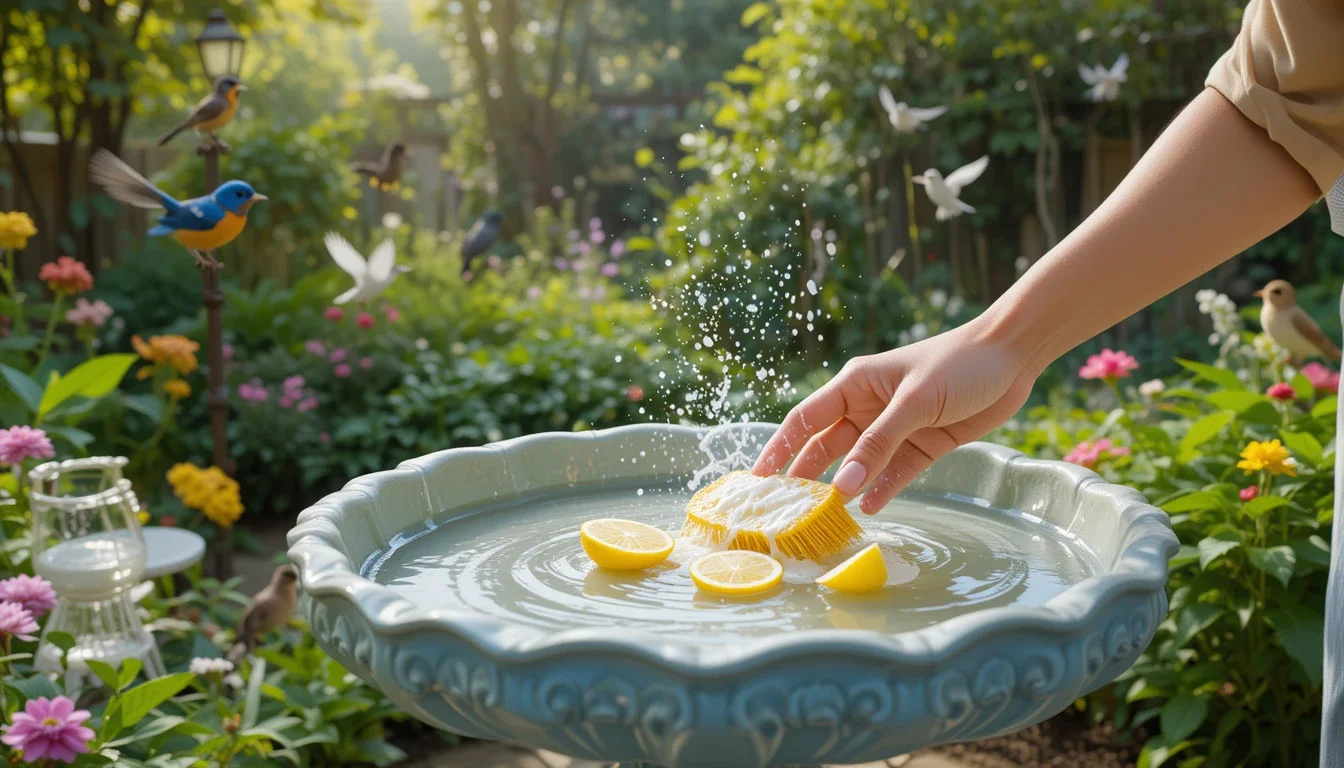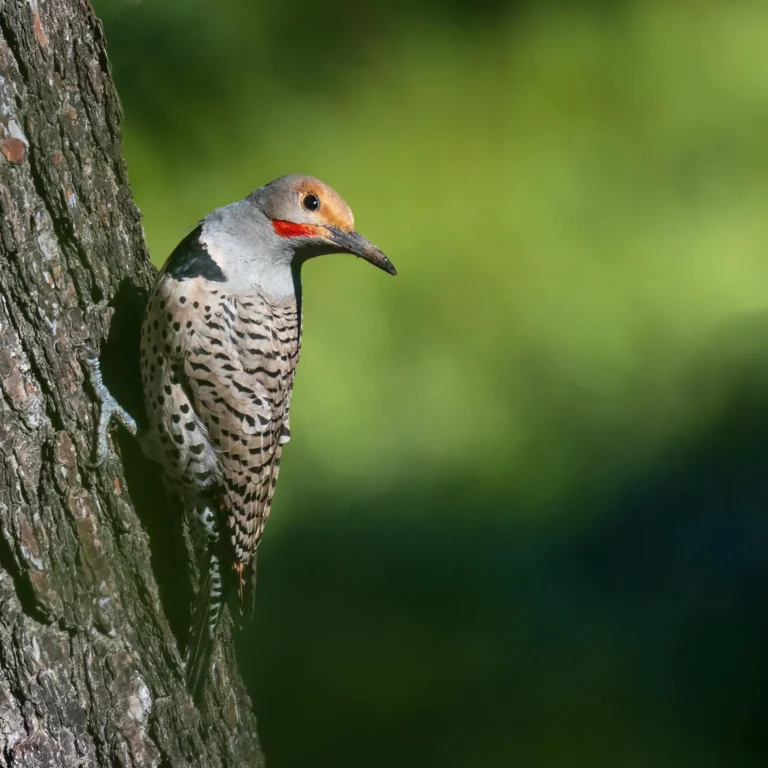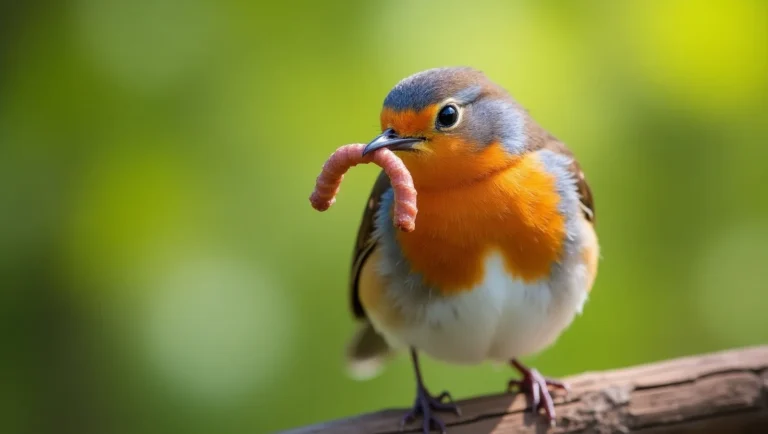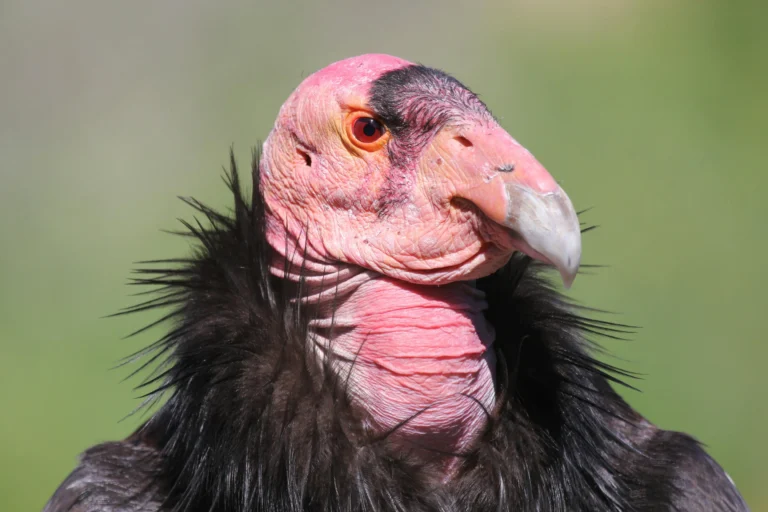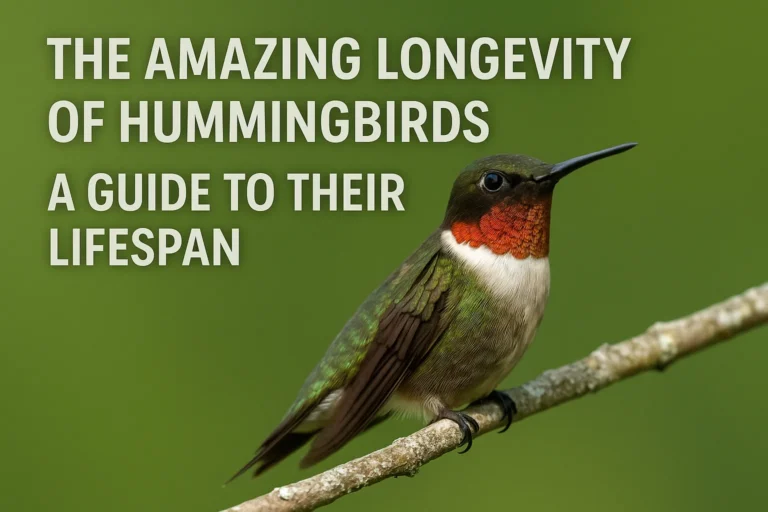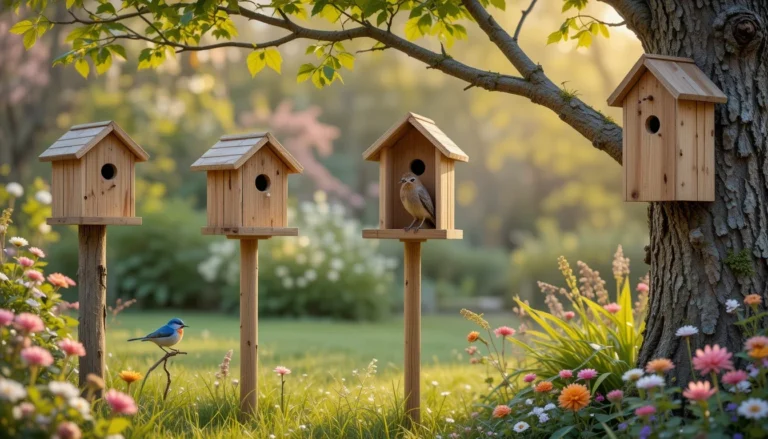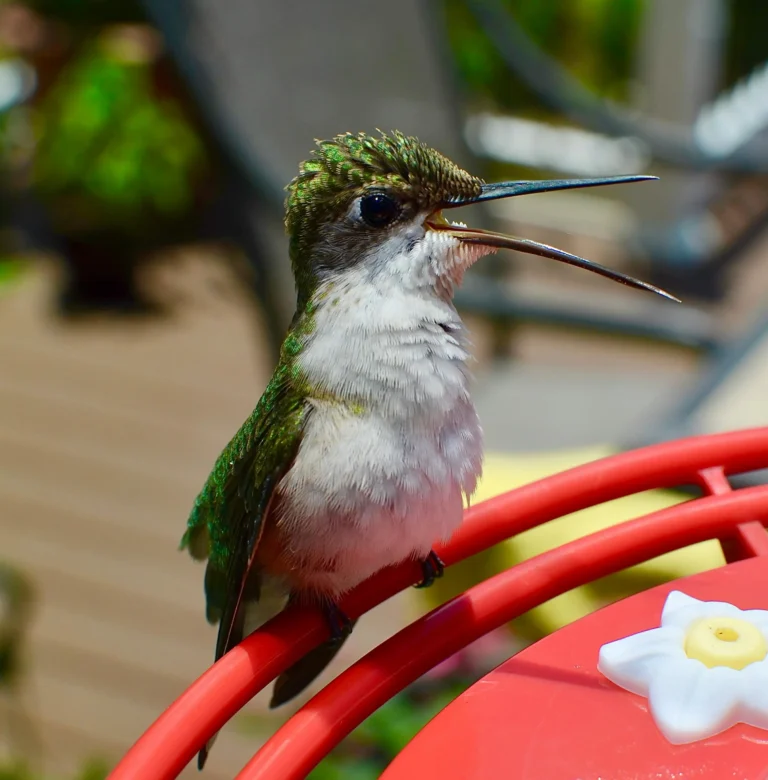Bird baths are more than just garden décor—they’re lifelines for backyard birds, especially during the scorching summer months. From quenching thirst to preening feathers, birds depend on clean, safe water sources for survival. But if you’ve owned a bird bath for any length of time, you’ve likely seen it: the slimy, green mess that shows up out of nowhere—algae.
Not only does algae look unsightly, but it can also harm birds by encouraging bacteria growth. So, how can you keep your bird bath sparkling clean without using harsh chemicals? This guide reveals natural, safe, and effective ways to clean your bird bath fountain or bird bath bowl, prevent algae, and keep your feathered visitors coming back all summer long.
Importance of Regular Bird Bath Cleaning
Imagine drinking from a water bottle that hasn’t been cleaned for a week. Sounds gross, right? That’s exactly how birds feel when they encounter dirty, bacteria-laden water.
Here’s what happens when bird baths go uncleaned:
- Algae blooms create slippery surfaces and unsafe water.
- Mosquitoes breed in stagnant, dirty water.
- Diseases like salmonella and avian pox can spread.
- Birds stop visiting.
According to the National Audubon Society, clean water is just as essential as food for summer birds, especially when temperatures soar and natural water sources dry up.
The Real Cause of Algae in Bird Baths
Algae thrives in warm, sunlit water with nutrients—exactly what you get in a shallow bird bath bowl left outside in the summer. Here’s what contributes to algae buildup:
- Sunlight Exposure: UV rays fuel algae growth.
- Organic Matter: Droppings, feathers, and debris feed algae.
- Still Water: Without circulation, algae settles and multiplies.
- Location: Bird baths placed under trees collect more debris and droppings.
But don’t worry—nature also gives us safe ways to fight back.
Natural Cleaning Methods That Are Safe for Birds
Skip the bleach and toxic cleaners. Birds have delicate respiratory systems, and harsh chemicals—even in small amounts—can be dangerous. Here are natural methods that actually work:
1. White Vinegar Soak
A solution of 1 part white vinegar to 4 parts water works wonders.
Steps:
- Empty the bird bath.
- Scrub the bowl with a brush.
- Fill with the vinegar solution.
- Let it soak for 15–30 minutes.
- Rinse thoroughly.
White vinegar is non-toxic once rinsed and helps break down algae and mineral deposits.
2. Baking Soda Scrub
For tough grime, baking soda is your best friend.
How to use:
- Make a paste using baking soda and water.
- Use a brush or sponge to scrub algae patches.
- Rinse thoroughly after scrubbing.
This method is ideal for textured surfaces and doesn’t leave harmful residues.
3. Boiling Water (for metal/glass baths)
If your bird bath is heat-resistant (like metal or glass), pour boiling water over it to sanitize and loosen debris. Always let it cool before refilling with water.
4. Hydrogen Peroxide (Food-Grade)
Another safe alternative is food-grade hydrogen peroxide (3%).
- Mix one part hydrogen peroxide with three parts water.
- Let the mixture sit in the bird bath for 10–15 minutes.
- Rinse thoroughly before refilling.
It’s a strong disinfectant and safe when used and rinsed properly.
Pro Tips to Prevent Algae Buildup in Bird Baths
An ounce of prevention is worth a pound of scrubbing. Once your bird water bath is clean, here’s how to keep it that way longer:
1. Place in Partial Shade
Too much sunlight speeds up algae growth. Position your bird fountain or bath where it gets morning sun and afternoon shade. This balance keeps water warm enough for birds but not algae.
2. Use Moving Water
A bird bath fountain or solar-powered bubbler creates circulation, which discourages algae and mosquitoes. Moving water is also more attractive to birds.
3. Add Copper Coins or Discs
Copper has natural algae-fighting properties. Placing a few real copper pennies (minted before 1982) or copper discs in your bird bath can help slow down algae growth without harming birds.
4. Change Water Often
Change water every 1–2 days, especially in hot weather. Fresh water is less likely to support algae or mosquito eggs.
5. Avoid Soaps or Detergents
Never use dish soap or household cleaners. They can leave behind chemical residues that are toxic to birds.
6. Install a Mesh Cover or Netting
You can reduce falling debris and leaves by covering your bird bath with fine mesh when not in use, especially overnight or during windy conditions.
Bird Bath Ideas: Choosing the Right Design for Cleanliness
Not all bird bath ideas are created equal. Some materials and styles are much easier to maintain. Here are a few things to consider:
Easy-to-Clean Bird Bath Materials
1. Glazed Ceramic:
This type of ceramic has a smooth, shiny surface that makes it hard for algae or dirt to stick. You can easily wipe it with a sponge or brush. It also looks attractive in your garden.
2. Metal (like stainless steel or copper):
Metal bird baths are strong and long-lasting. Most types of metal don’t let bacteria grow easily. They are easy to rinse and scrub clean.
3. Glass:
Glass bird baths have a non-porous surface, which means algae and dirt won’t soak in. You just need a quick wipe to keep them shiny and clean.
Hard-to-Clean Bird Bath Materials
1. Concrete:
Concrete is a rough and porous material. It soaks up water, dirt, and bird droppings. Over time, algae and grime build up deep in the surface, making it hard to clean properly.
2. Unsealed Clay or Terracotta:
Just like concrete, these materials absorb moisture and dirt. They get stained easily and require more effort to clean. If not sealed properly, they also crack or grow mold in humid areas.
Best Bird Bath Shape for Easy Cleaning & Bird Comfort
1. Shallow Bowls (1–2 inches deep):
Birds don’t need deep water. A shallow bowl is safer and easier for birds to use. It also makes cleaning simple because you can rinse it quickly without heavy scrubbing.
2. Wide Rims for Perching:
Birds love to perch on the edge before stepping into the water. Wide rims give them a comfortable and safe place to sit. It also helps keep the bath cleaner, as birds don’t splash too much when they feel stable.
3. Sloped Edges for All Bird Sizes:
A sloped design lets both small and large birds find the right depth for them. Smaller birds can stay near the edge, while larger ones can go in a bit deeper. It also helps water drain out smoothly when cleaning..
Real-World Impact: Healthier, Happier Birds
Birds use baths not just for drinking, but also to clean their feathers. A clean bird bath:
- Keeps feathers in top condition
- Helps regulate body temperature
- Reduces parasites
- Encourages more visits to your yard
Dirty water, on the other hand, can cause illness or even drive birds away.
FAQs
Yes! While budgies are usually indoor birds, many enjoy splashing in shallow water dishes or under light mists. Always supervise and keep water warm and shallow.
You can use any shallow, wide container: plant saucers, old bowls, or DIY garden basins. Just ensure it’s stable, clean, and easy to refill.
Offer a shallow dish of lukewarm water or gently mist your budgie with a spray bottle. Never force a bath—some birds need time to get used to it.
Absolutely. Bathing is part of a bird’s self-care routine. It keeps their feathers clean, skin healthy, and helps reduce stress.
No. Always use room temperature or lukewarm water for budgies. Hot water can harm their delicate skin and feathers.
Final Thoughts
A well-maintained bird bath is a simple but powerful way to support your local bird population—especially during the heat of summer. By using natural cleaning methods like vinegar, baking soda, and copper, you’re providing birds with a safe space to drink and bathe without exposing them to harmful chemicals.
From simple bird bath ideas to installing a beautiful bird bath fountain, the goal is the same: clean, fresh water that attracts happy, healthy birds.
So, next time you’re outside and spot a goldfinch flitting through the mist or a robin fluffing its feathers in the bath, you’ll know—it was worth every scrub.

